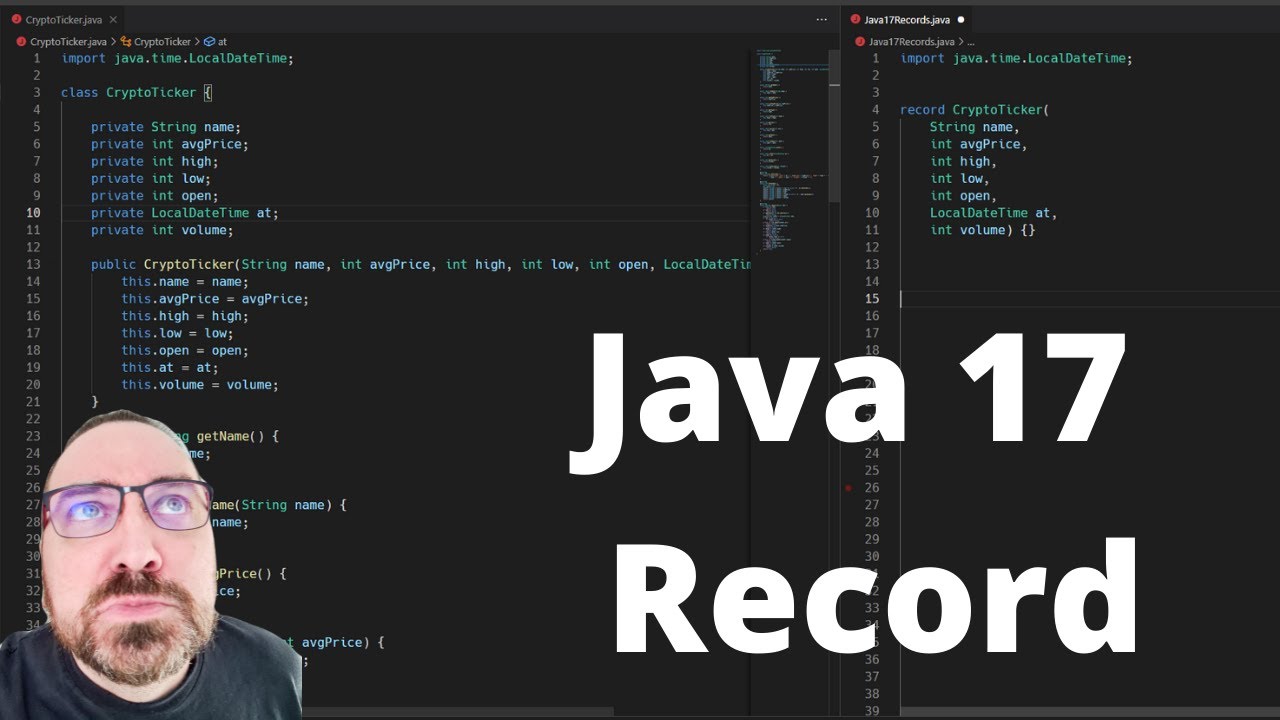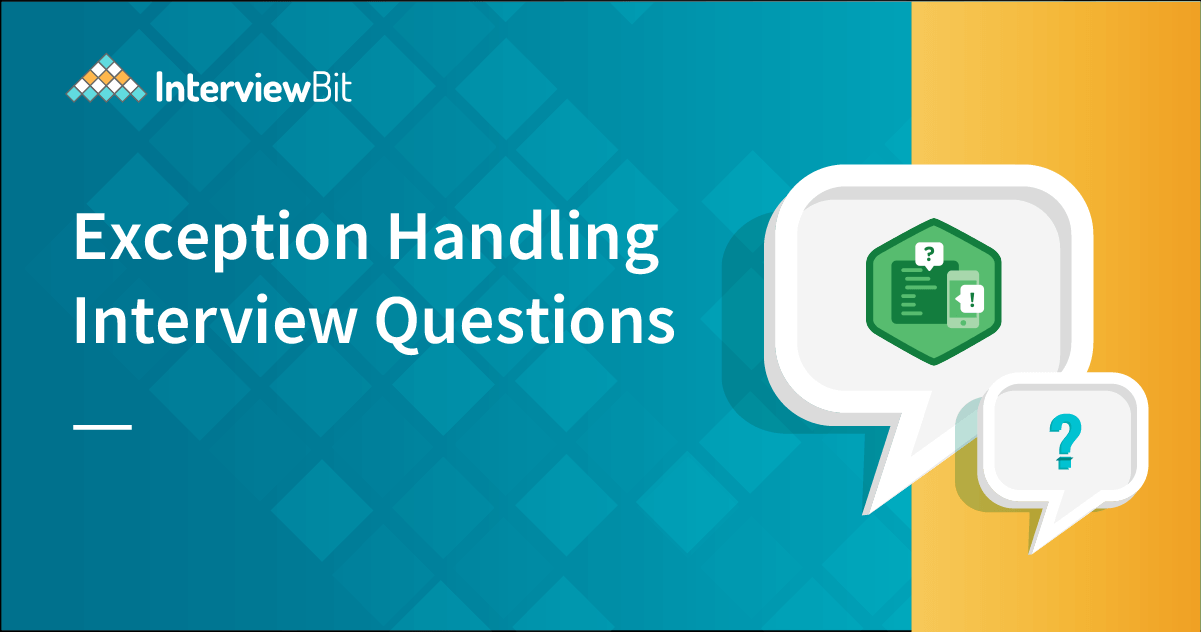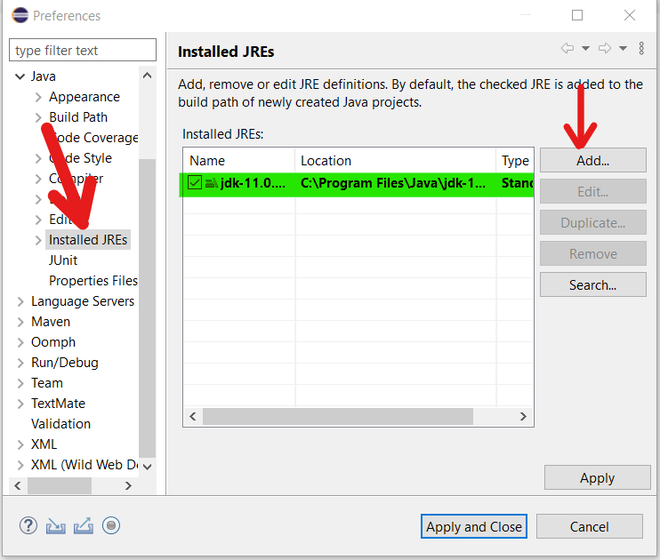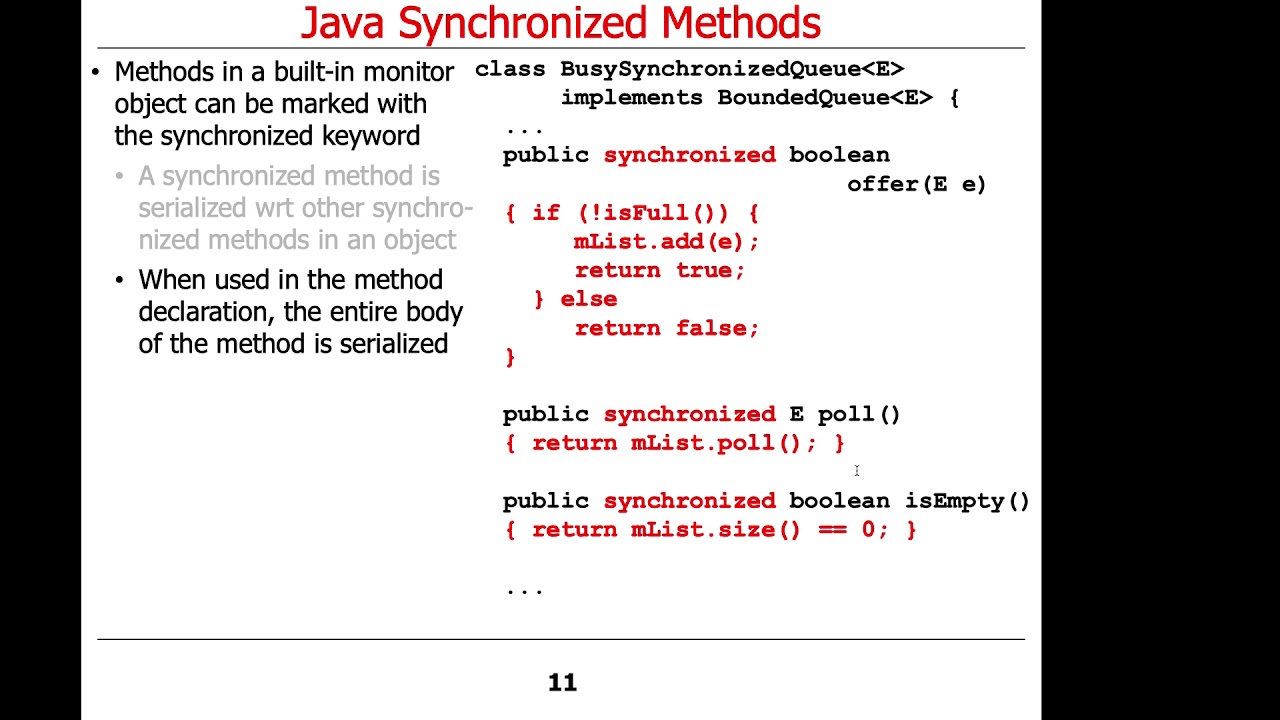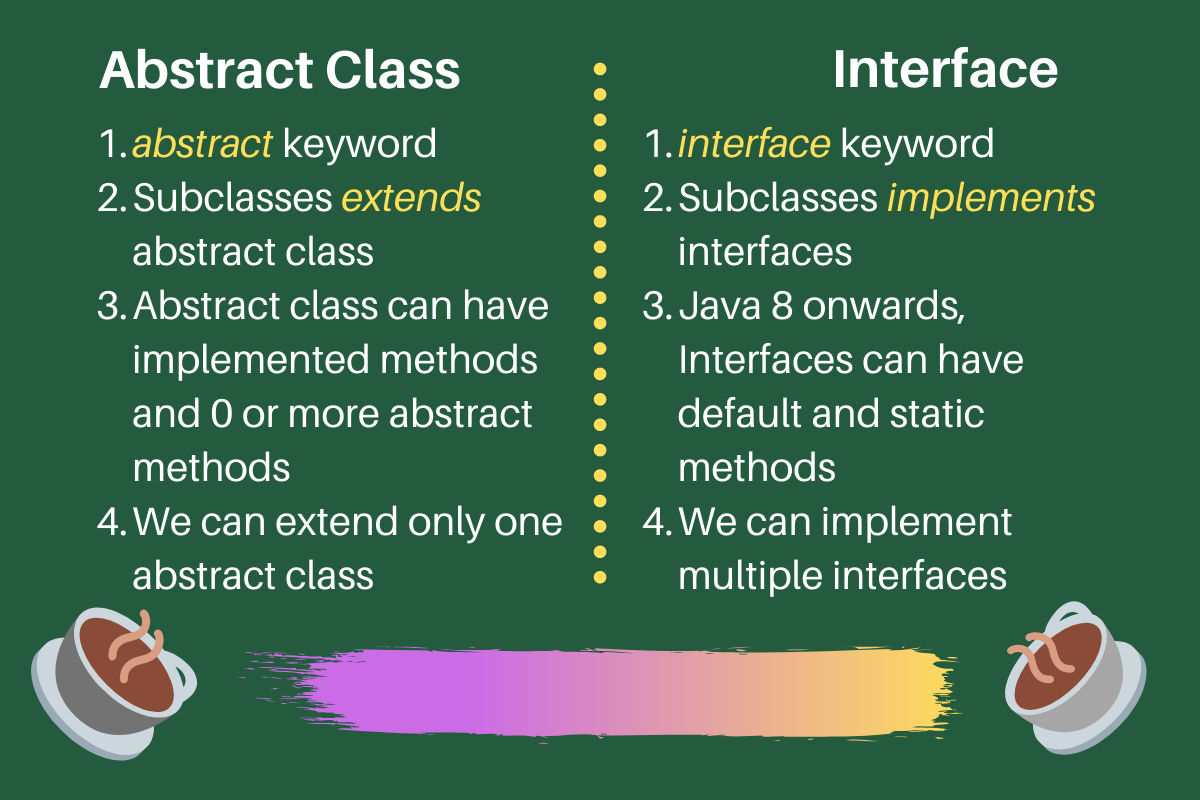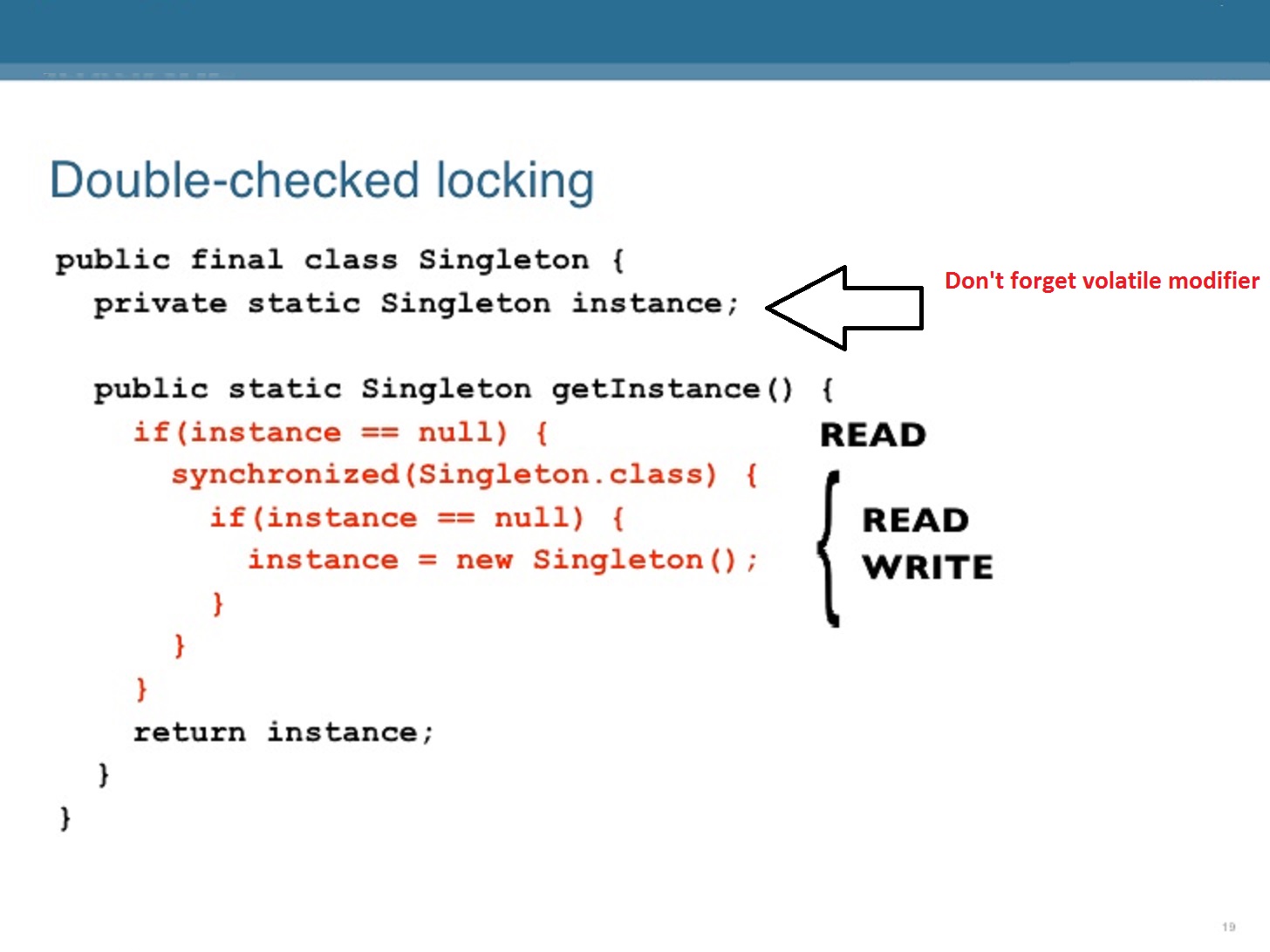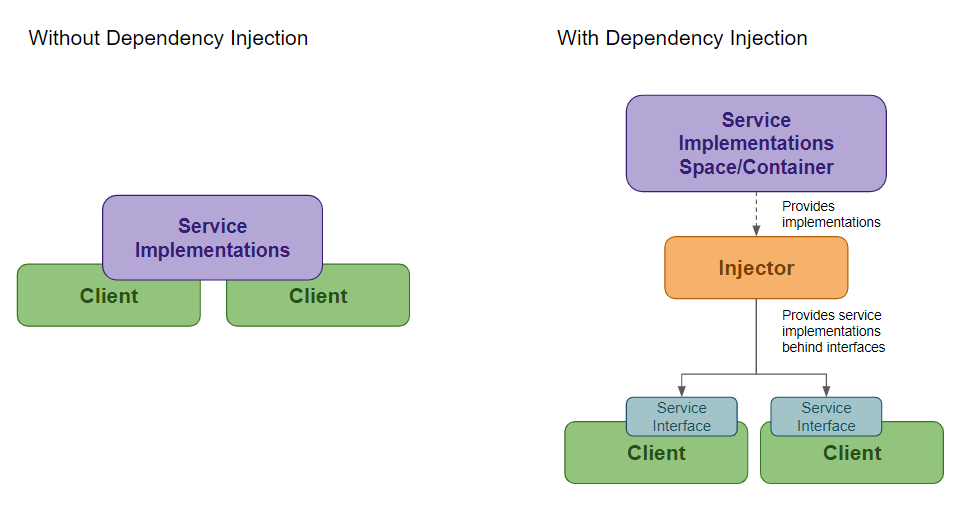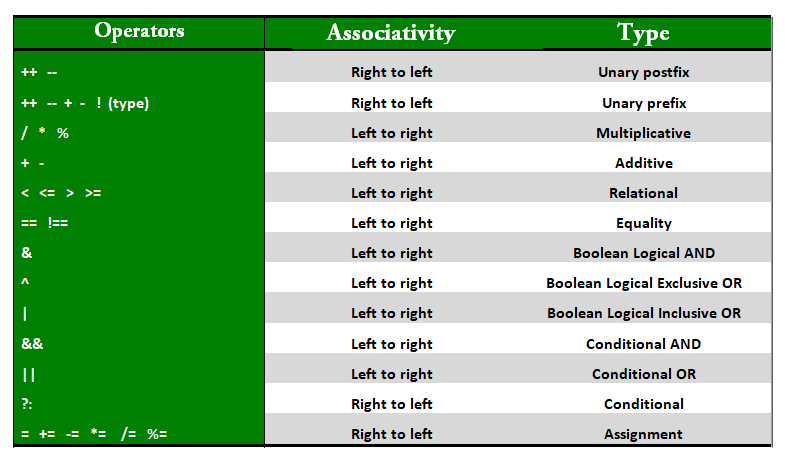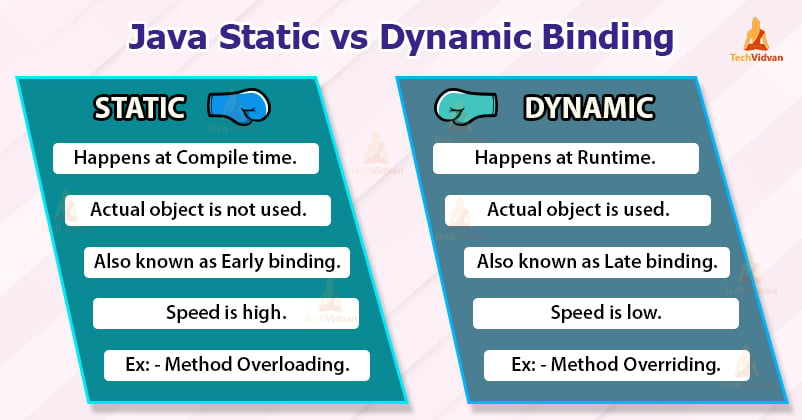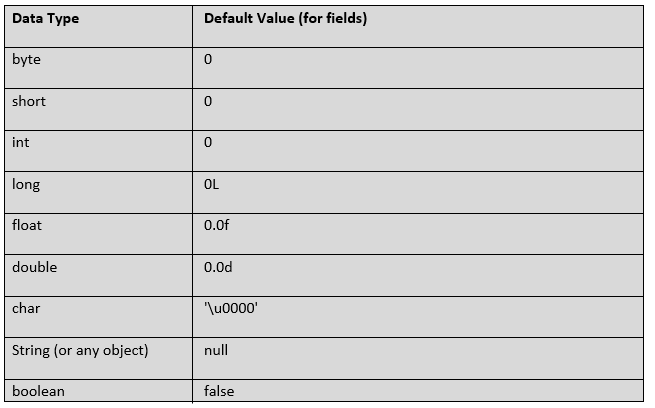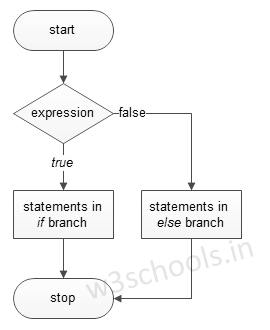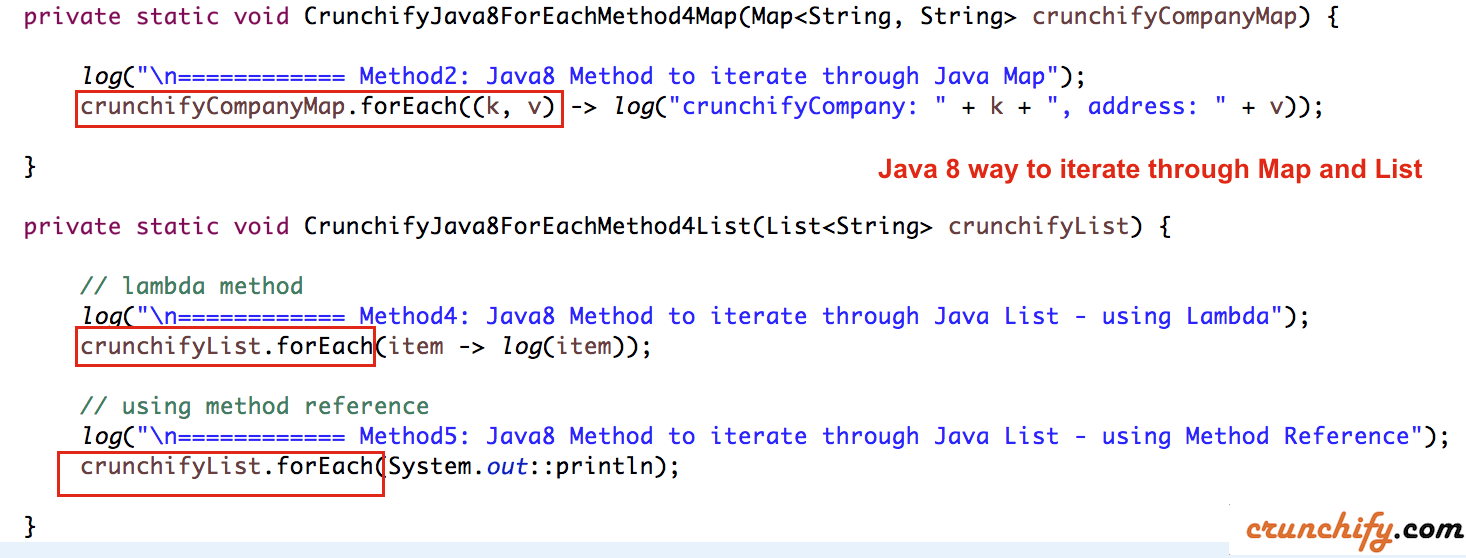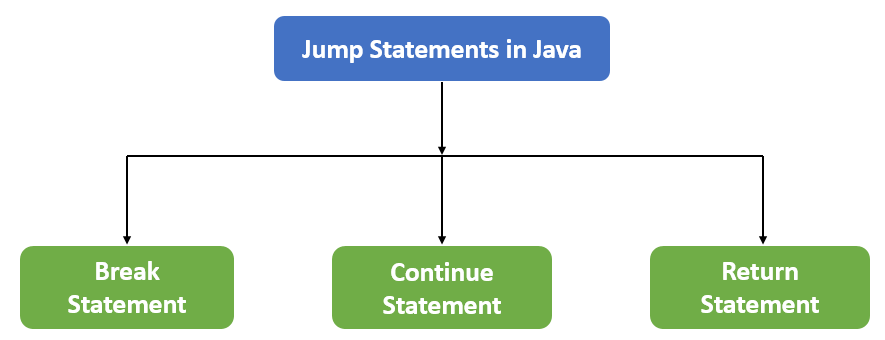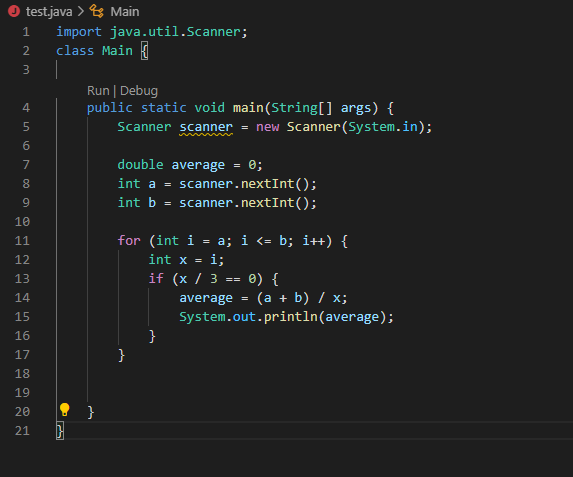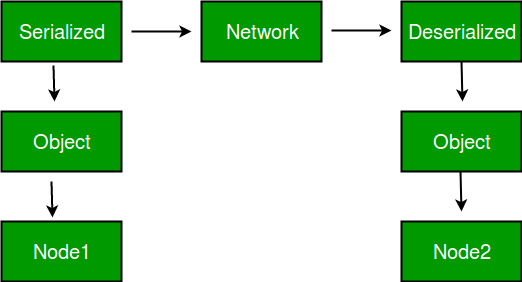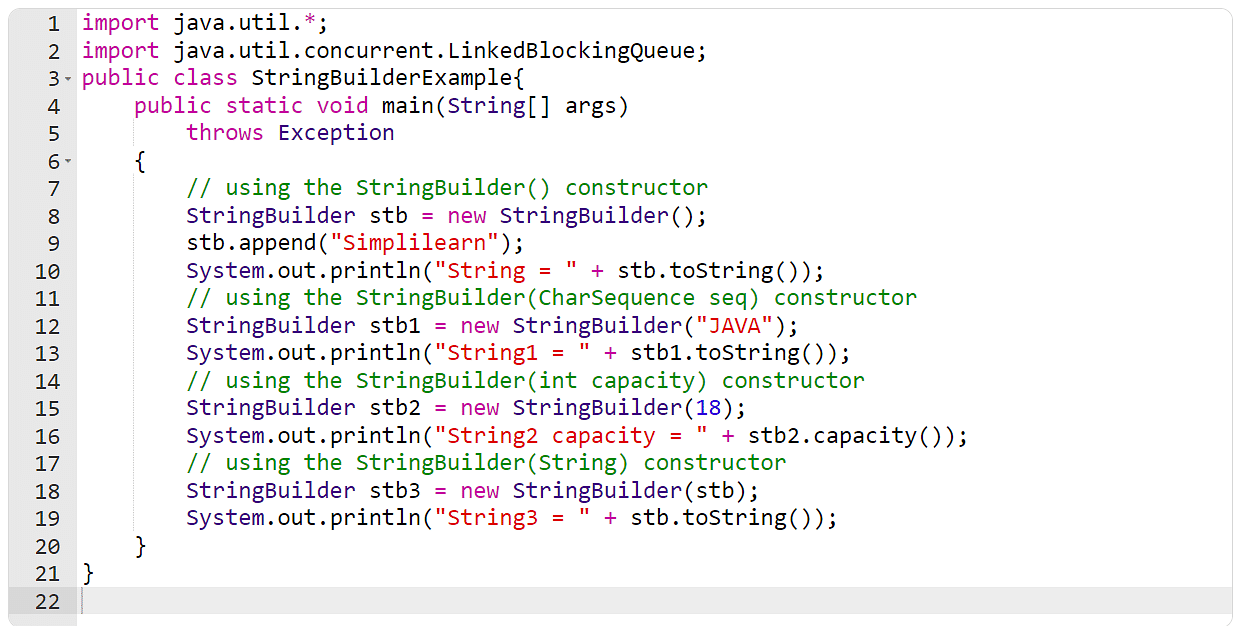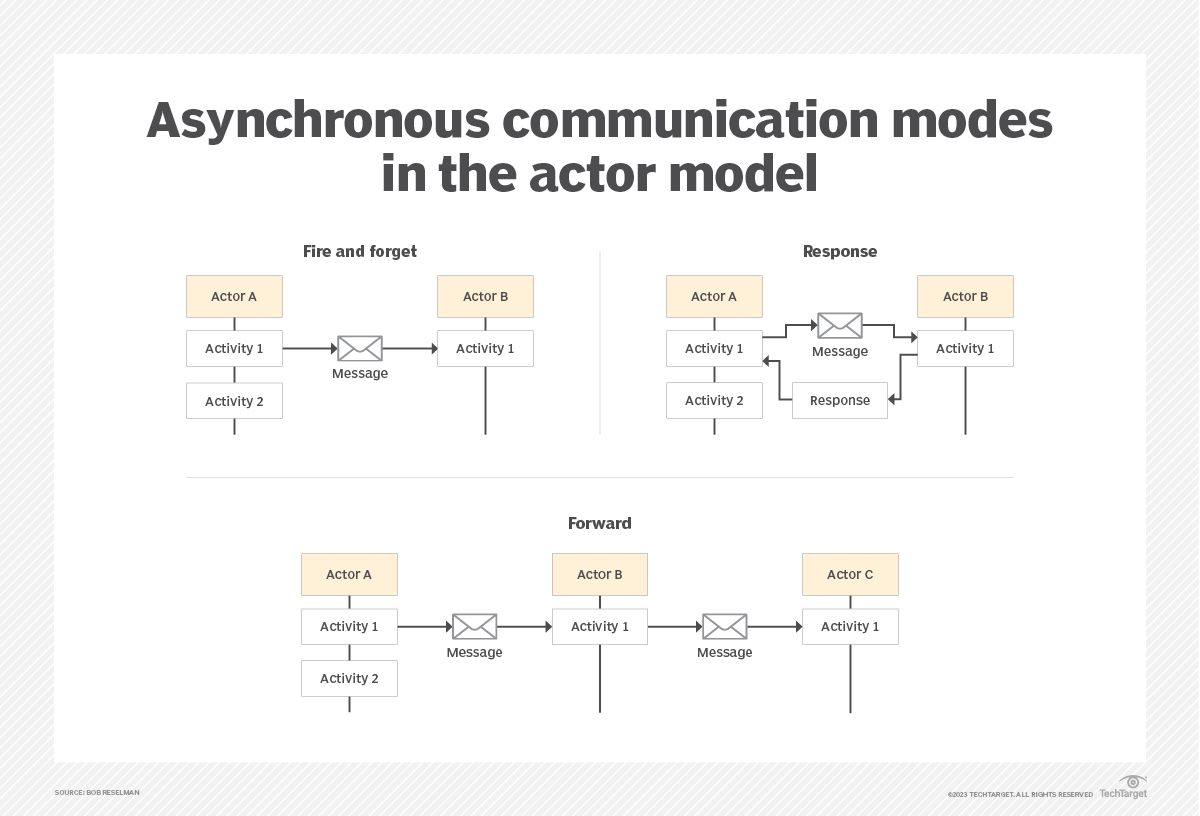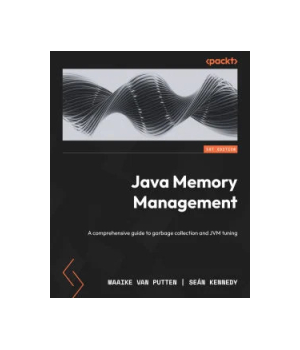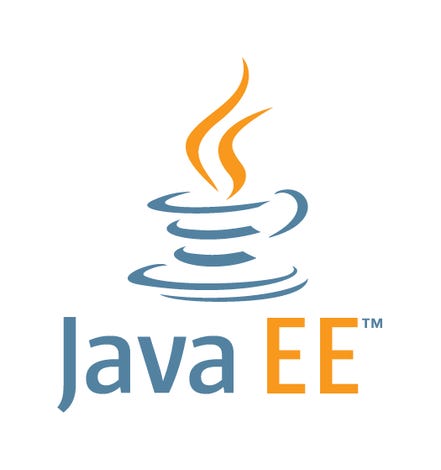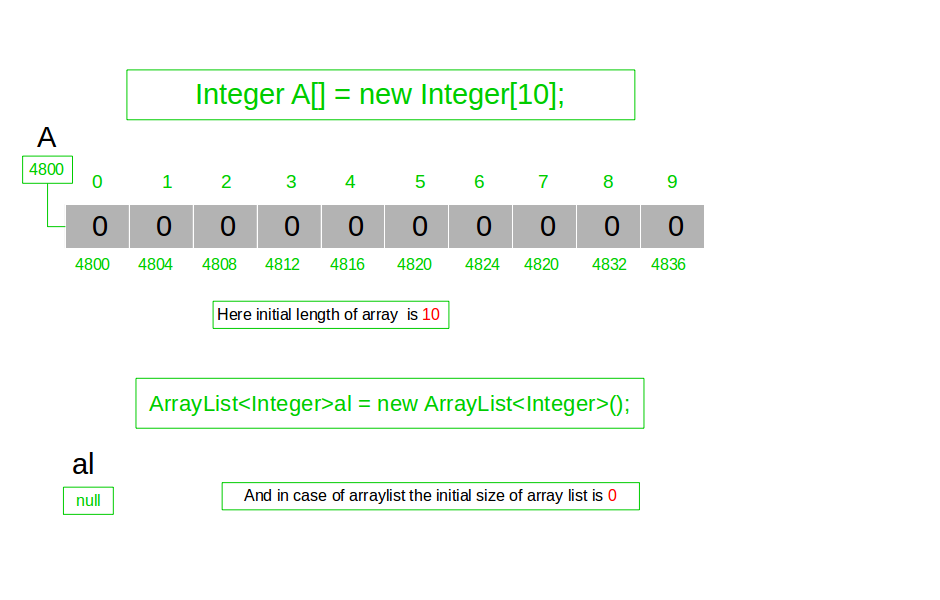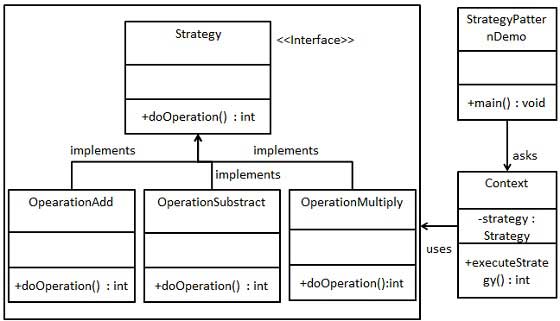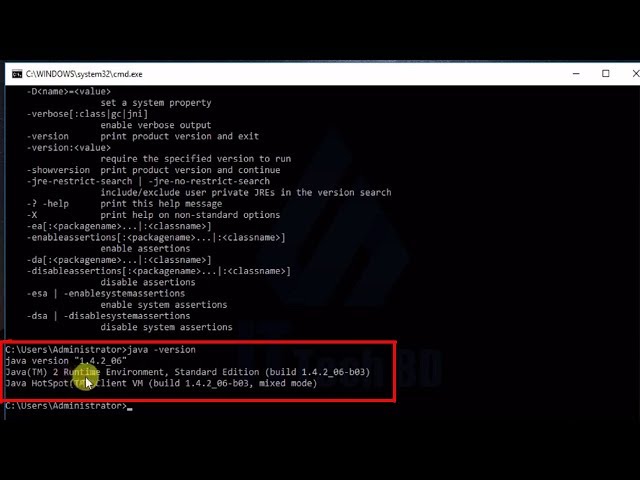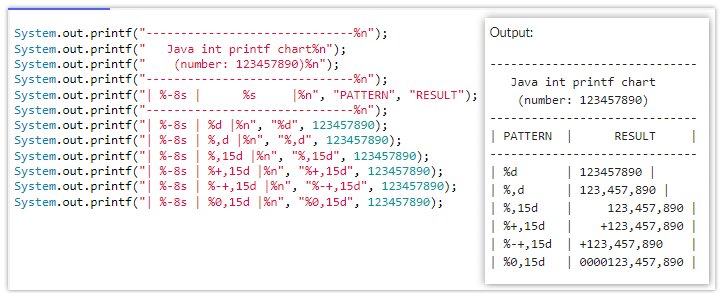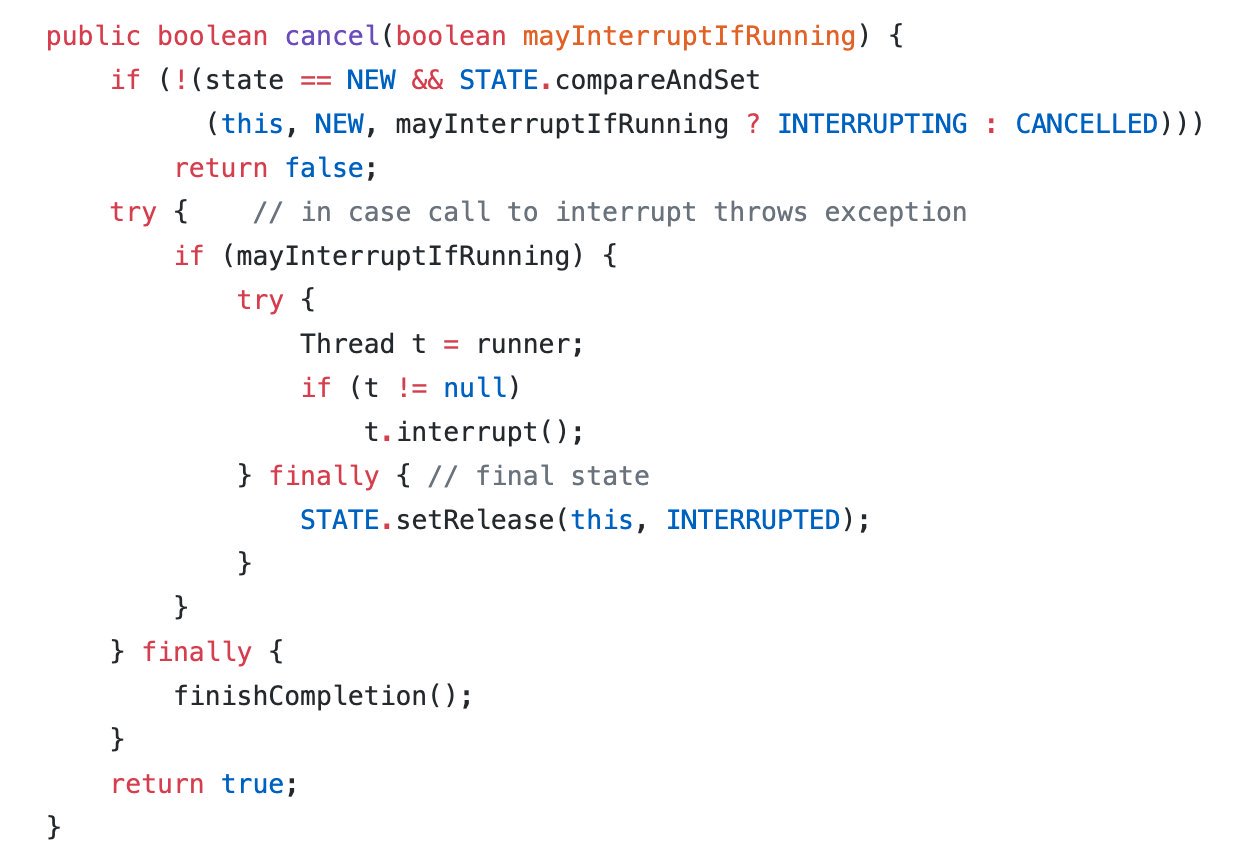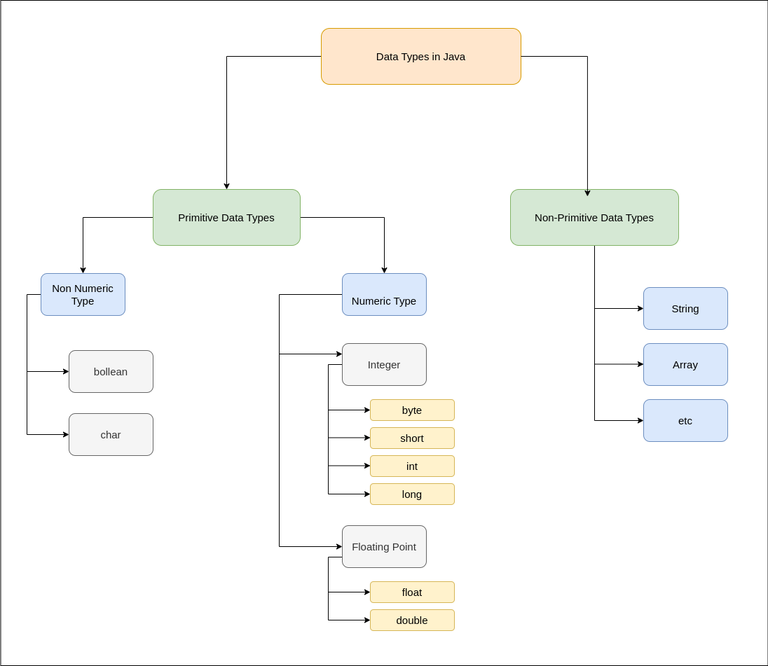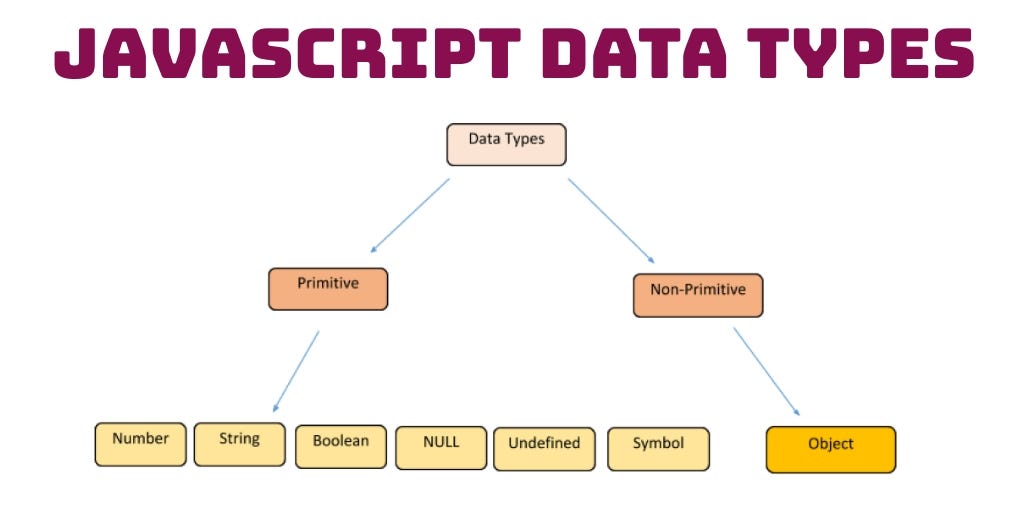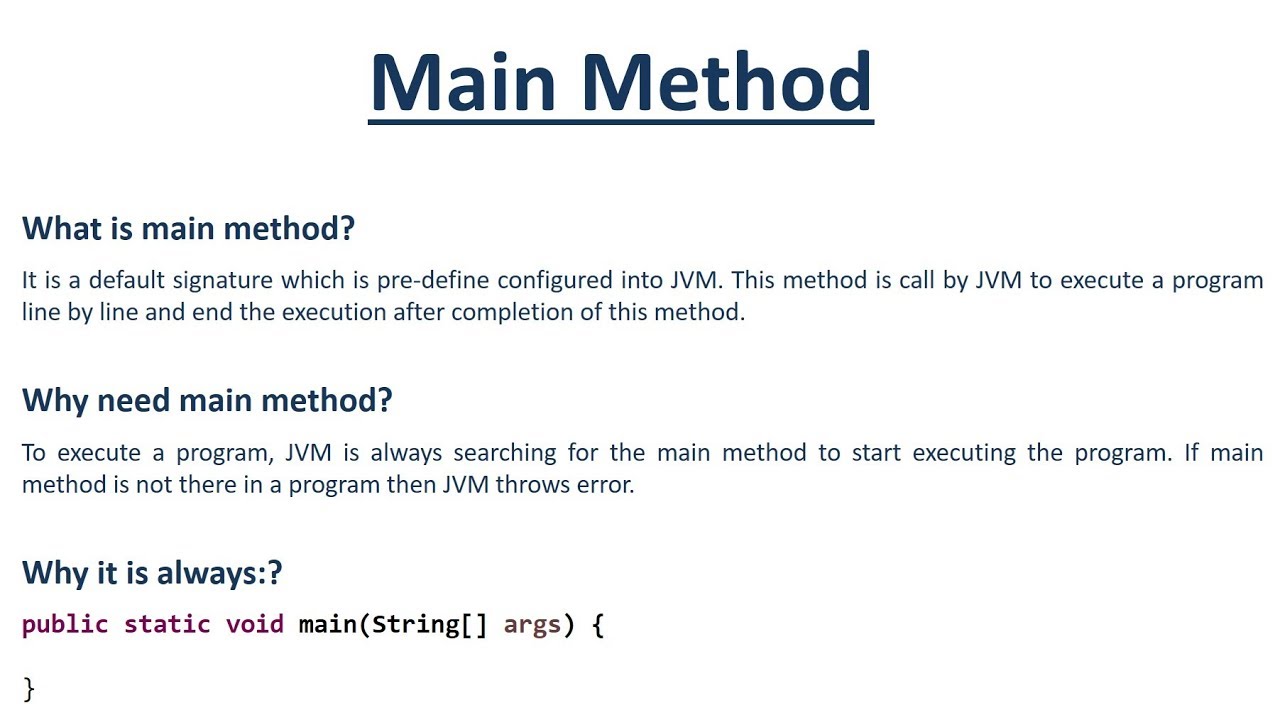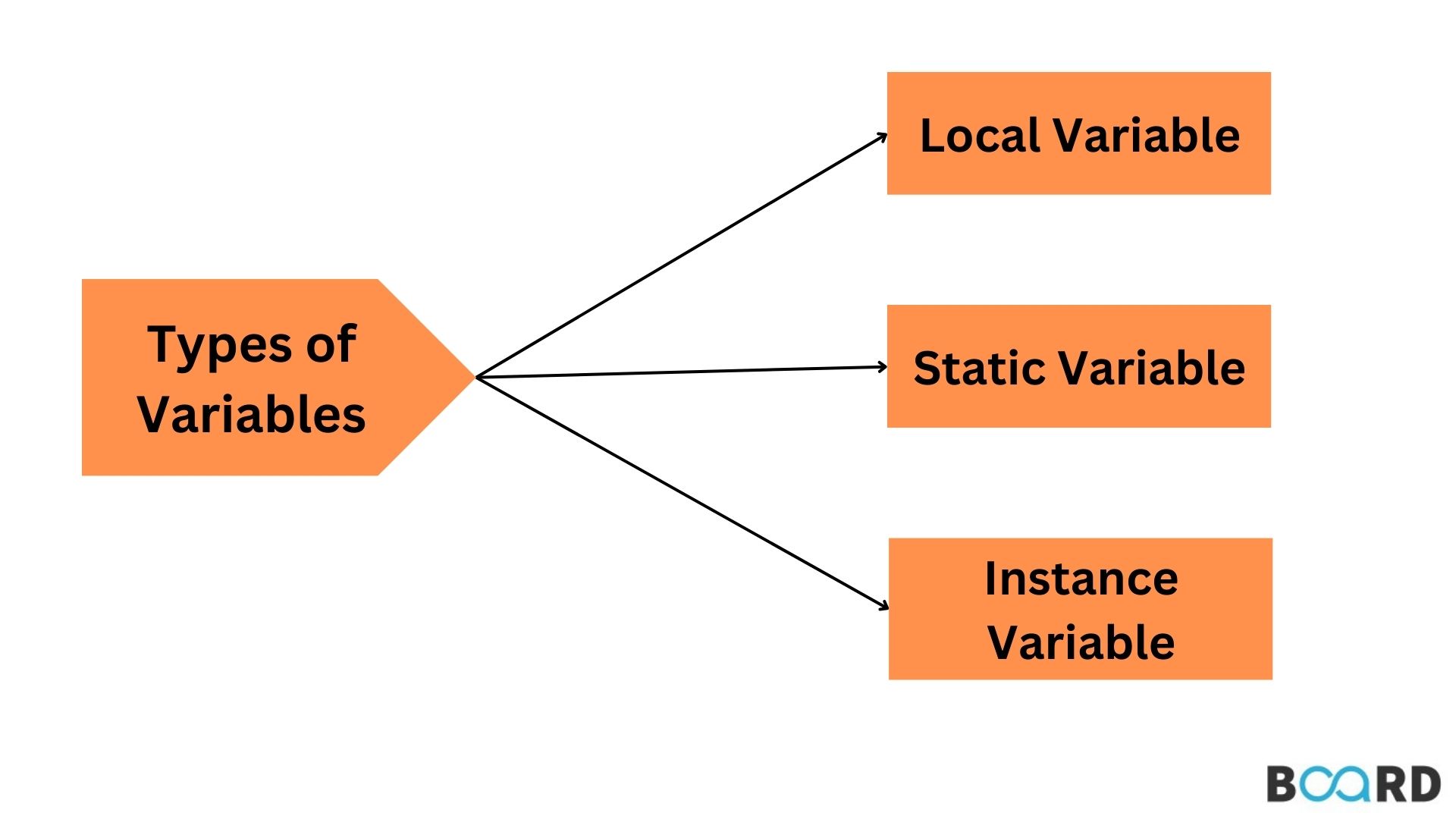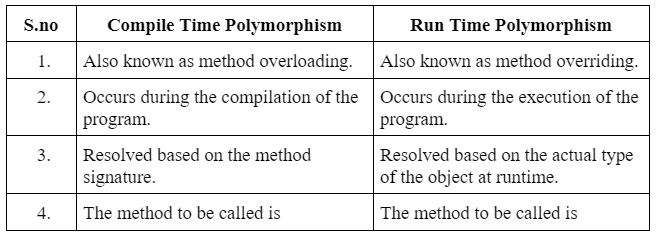java record vs class
java record vs class
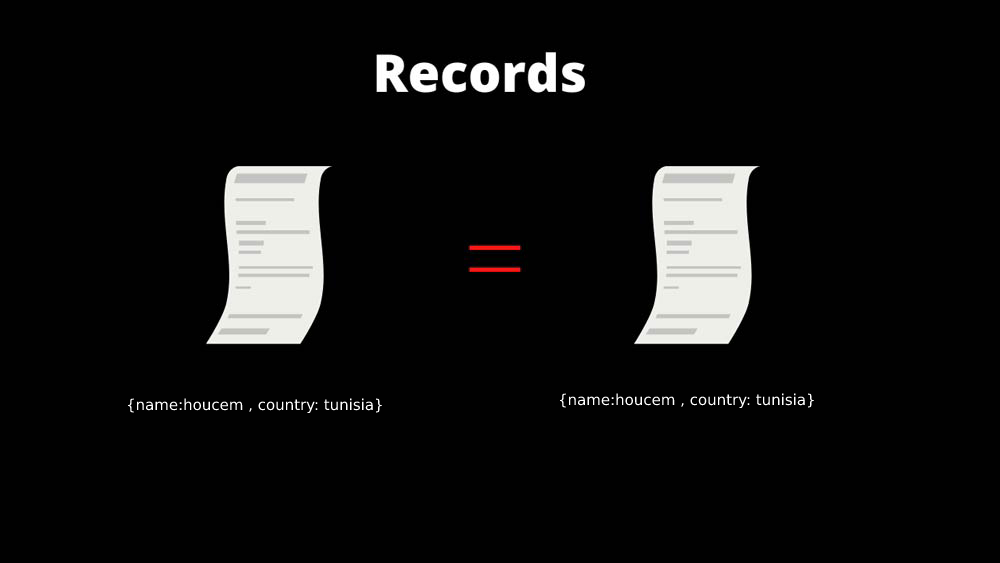
Java is a statically-typed language that provides several ways to define classes and data structures. Two of the most popular approaches are Classes and Records. While both can be used to create custom types, they have different purposes and use cases.
Classes in Java
In Java, a class is a blueprint for creating objects. It's a template that defines the properties and behavior of an object. A class typically has:
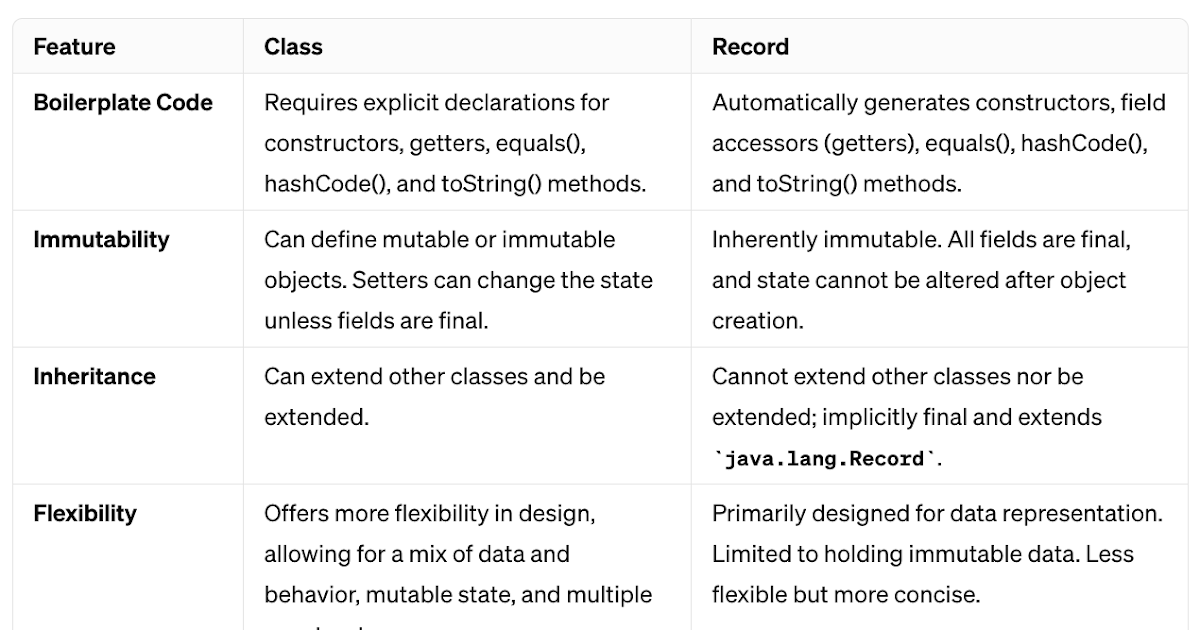
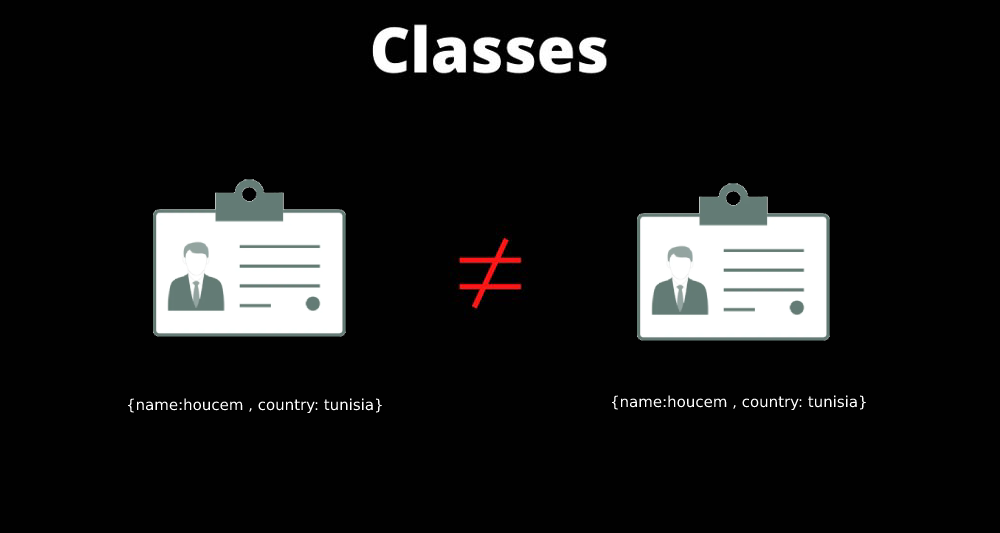
Classes are used to encapsulate data and behavior, making them a fundamental concept in object-oriented programming (OOP). Java classes can be defined using the class keyword followed by the name of the class. For example:
public class Person {private String name;
private int age;
public Person(String name, int age) {
this.name = name;
this.age = age;
}
public void speak() {
System.out.println("Hello, my name is " + name + " and I'm " + age + " years old.");
}
}
Records in Java
Java Records are a relatively new feature (introduced in Java 14) that allows developers to define classes with fewer lines of code. Records provide a concise way to create immutable classes with public getter methods.
A Record is defined using the record keyword followed by the name of the class. It requires a constructor and may include additional methods, such as getters for the fields.
public record Person(String name, int age) {public void speak() {
System.out.println("Hello, my name is " + name + " and I'm " + age + " years old.");
}
}
Key differences between Classes and Records
Here are some key differences:
Conciseness: Records require less code than classes, making them a great choice for simple data structures. Immutability: By default, records are immutable, which can help prevent accidental changes to the object's state. Getters: Records automatically generate public getter methods for each field, whereas classes typically don't have getters unless you explicitly define them. Constructors: Both classes and records require a constructor, but records only need one constructor with all the fields as parameters. Extensibility: Classes can be extended using inheritance, whereas records cannot.When to use Records vs Classes
Here are some guidelines for choosing between Records and Classes:
Use Records for: Simple data structures with few fields. Immutable data that shouldn't change once created. When you want a concise way to define classes. Use Classes for: Complex objects with multiple responsibilities (behavior). Objects that need to be extended or subclassed. When you require more control over the object's behavior and state.In summary, while both classes and records can be used to create custom types in Java, Records are a concise way to define simple immutable data structures, whereas Classes provide more flexibility for complex objects with behavior.
java 17 record class
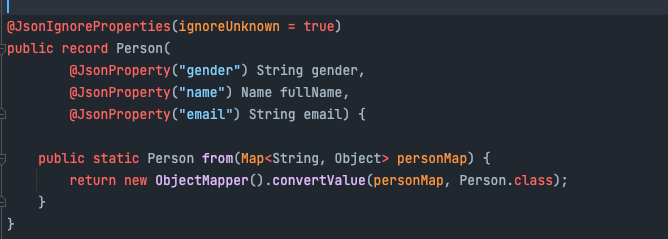
I'd be happy to respond in English and provide a detailed explanation of Java 17's record classes.
Java 17, released in September 2021, introduces a new feature called records. Records are a type of immutable data carrier that combines the benefits of classes and tuples. They were first introduced in JDK 16 as a preview feature and became stable in JDK 17.
A record is a class that contains only getter methods for its components (fields) and a constructor that initializes these components. The key characteristics of records are:
Immutability: Records are immutable, meaning their state cannot be changed once created. This property is crucial for functional programming and helps prevent bugs. Simplified Class Definition: You can define records using therecord keyword followed by the name of the record and its components (fields) enclosed in parentheses.
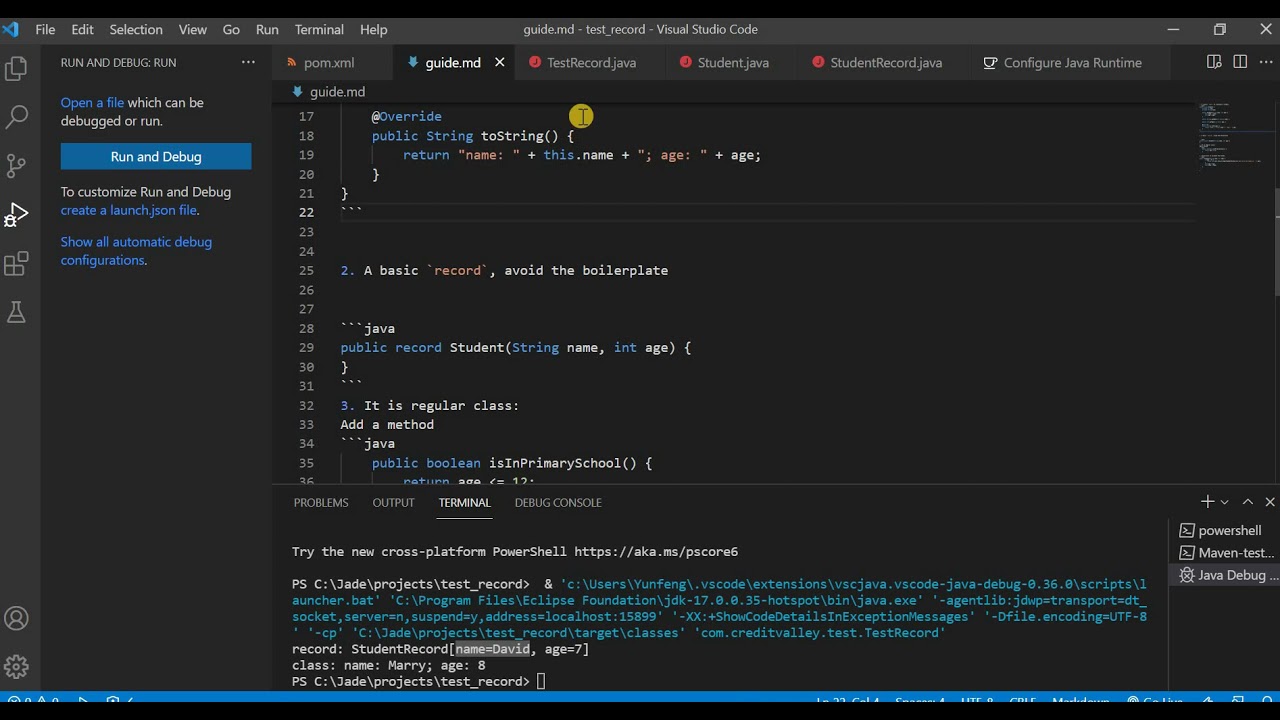
Here's an example of a simple record:
public record Person(String name, int age) {
public Person(String name, int age) {
this.name = name;
this.age = age;
}
public String getName() { return name; }
public int getAge() { return age; }
}
In this example, the Person record has two components: name and age. The constructor initializes these components. The getter methods allow you to access the record's state.
Benefits of Records
Records bring several benefits:
Simplified Code: Records simplify your code by eliminating the need for manual getters and setters. Improved Readability: With records, your code becomes more readable because it is concise and easy to understand. Better Error Messages: When you use records, Java's compiler can generate better error messages because it knows the structure of your data. Improved Code Safety: Records enforce immutability, which reduces the risk of bugs caused by unintended changes.Using Records
You can create records using the record keyword and access their state through getter methods. Here are some examples:
Person person = new Person("John", 30); Get the value of a component: String name = person.getName(); Use records as method parameters or return types.
Conclusion
Java 17's records provide a new way to define immutable data carriers that simplify your code and improve its readability. They are a valuable addition to Java's programming model, especially for functional programming and data processing. I hope this explanation has been helpful in understanding the basics of record classes in Java 17!
